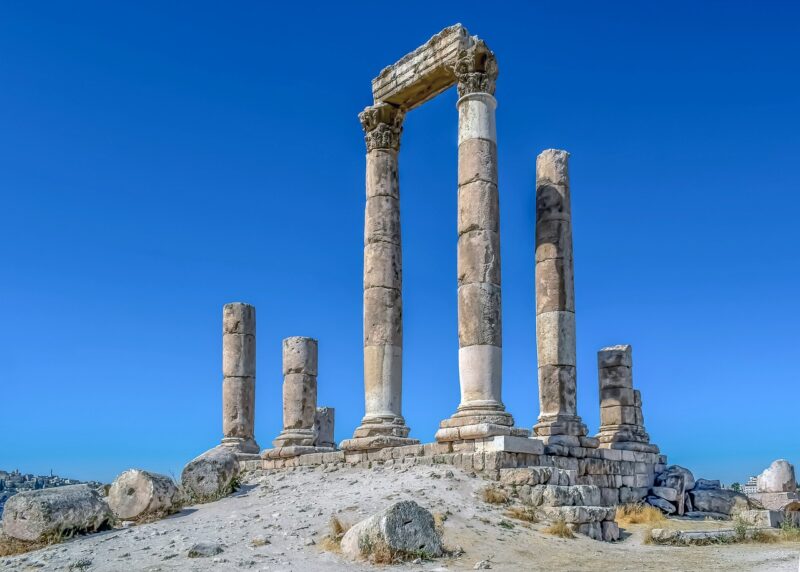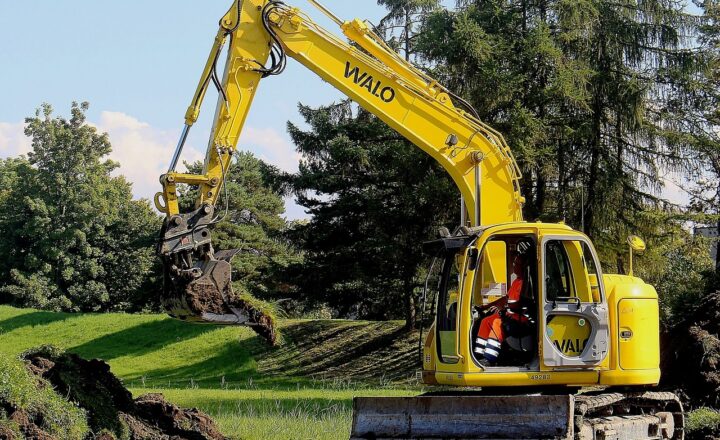
Burial sites have always fascinated archaeologists and historians alike.
These locations not only hold the remains of individuals but also offer a glimpse into the customs, beliefs, and lives of ancient cultures. The artifacts and structures found within these sites can redefine our understanding of human history. In this article, we delve into some of the most astonishing discoveries made in ancient burial sites around the world that continue to captivate our imagination.
1. The Tomb of Tutankhamun: A Window to Ancient Egypt
The discovery of King Tutankhamun’s tomb in the Valley of the Kings in 1922 by Howard Carter remains one of History’s most significant archaeological finds. The intricately decorated burial chamber was found nearly intact, providing an unprecedented insight into the burial practices and material wealth of ancient Egyptian royalty.
Among the items found were the famed golden mask of Tutankhamun, jewelry, weapons, and numerous other artifacts that depicted daily life and beliefs in the afterlife. Remarkably, the tomb contained a treasure trove of artifacts highlighting the artistic and material culture of ancient Egypt, revealing the elaborate rites and rituals performed at royal burials.
2. The Terracotta Army: Protectors of the First Emperor
In 1974, farmers in Xi’an, China, stumbled upon something extraordinary while digging a well. They uncovered the Terracotta Army, a vast collection of life-sized sculptures depicting warriors, horses, and chariots buried alongside Qin Shi Huang, the first emperor of China. This astounding find consisted of over 8,000 figures, each uniquely crafted and arranged in battle formation, meant to protect the emperor in the afterlife.
The intricacy of their construction and the sheer number of figures provide a wealth of information about the military practices, craftsmanship, and artistic styles of the Qin Dynasty. The Terracotta Army not only showcases the emperor’s immense power but also encapsulates the spiritual beliefs regarding death and the afterlife in ancient Chinese culture.
3. The Bog Bodies of Northern Europe: Mummified Mysteries
The phenomenon of bog bodies—remarkably preserved human remains found in peat bogs—offers unique insights into the rituals and lifestyles of ancient peoples, particularly in Northern Europe. Discoveries made at sites like Tollund Man in Denmark and Lindow Man in England reveal individuals from the Iron Age, their preservation often due to the anaerobic conditions of the bogs.
These bog bodies display intricate details of their lives, including clothing, diet, and mysterious rituals surrounding their deaths. For instance, both Tollund Man and Lindow Man showed signs of having been sacrificed, leading scholars to speculate about the spiritual beliefs and societal structures of the time. The wonders of bog body discoveries highlight the significance of ritual practices in ancient cultures and underscore the myriad ways people approached mortality.
4. The Royal Tombs of Ur: A Glimpse into Sumerian Civilization
Excavated by British archaeologist Leonard Woolley in the 1920s, the Royal Tombs of Ur in modern-day Iraq are some of the earliest known burial sites featuring lavish artifacts from the Sumerian civilization. The tombs contained a plethora of valuable items, including gold, silver, and lapis lazuli jewelry, musical instruments, and sacrificial offerings, indicating the high status of the individuals buried there.
One particularly astounding discovery was the so-called “Death Pits,” where researchers found the remains of attendants who seemed to have been sacrificed to accompany their royal leaders into the afterlife. The artifacts and burial practices unearthed at Ur provide crucial insights into social hierarchies, trade, craftsmanship, and religious beliefs in one of the world’s earliest urban civilizations.
5. The Mummies of the Andes: Secrets of the Incas
In the high-altitude regions of the Andes, numerous well-preserved mummies speak volumes about the Inca civilization and their burial practices. The discovery of mummies in tombs at sites like Sipán and Pachacamac has yielded a treasure trove of information about the lifestyle, clothing, and funeral customs of the Incas.
The mummies themselves, often accompanied by intricate textiles, tools, and ceramics, highlight the Inca’s reverence for their dead and the importance of preparing for the afterlife. Preservation methods and the materials used in their burial reveal insights into their beliefs surrounding death and their understanding of the spiritual world.
6. The Ship Burial at Sutton Hoo: Anglo-Saxon Riches
In 1939, a burial ship was unearthed at Sutton Hoo, England, an extraordinary site yielding an extensive collection of artifacts attributed to Anglo-Saxon royalty. The burial mound contained a ship, along with a wealth of grave goods, including weapons, armor, and exquisite treasures made from gold and garnets, suggesting the wealth and power of the individual buried there.
One of the most remarkable discoveries was the ornate helmet, now known as the Sutton Hoo helmet, adorned with intricate designs that symbolize the artistry of the time. Findings from this burial site underscore the complexity of Anglo-Saxon society and the significance placed on burial rituals and material culture.
Conclusion
The discoveries made in ancient burial sites continue to shape our understanding of human history, culture, and belief systems. Each find serves as a testament to the creativity, complexity, and spiritual lives of ancient peoples, allowing us to peel back layers of time to grasp what life was like long ago. From lavish royal tombs to mysterious bog bodies, these sites remind us of our shared humanity and the timeless quest for immortality, leaving an indelible mark on our collective consciousness. As excavation techniques and technology evolve, we can only anticipate the new astonishing discoveries yet to come, expanding our knowledge of the past and its profound influences on the present.






